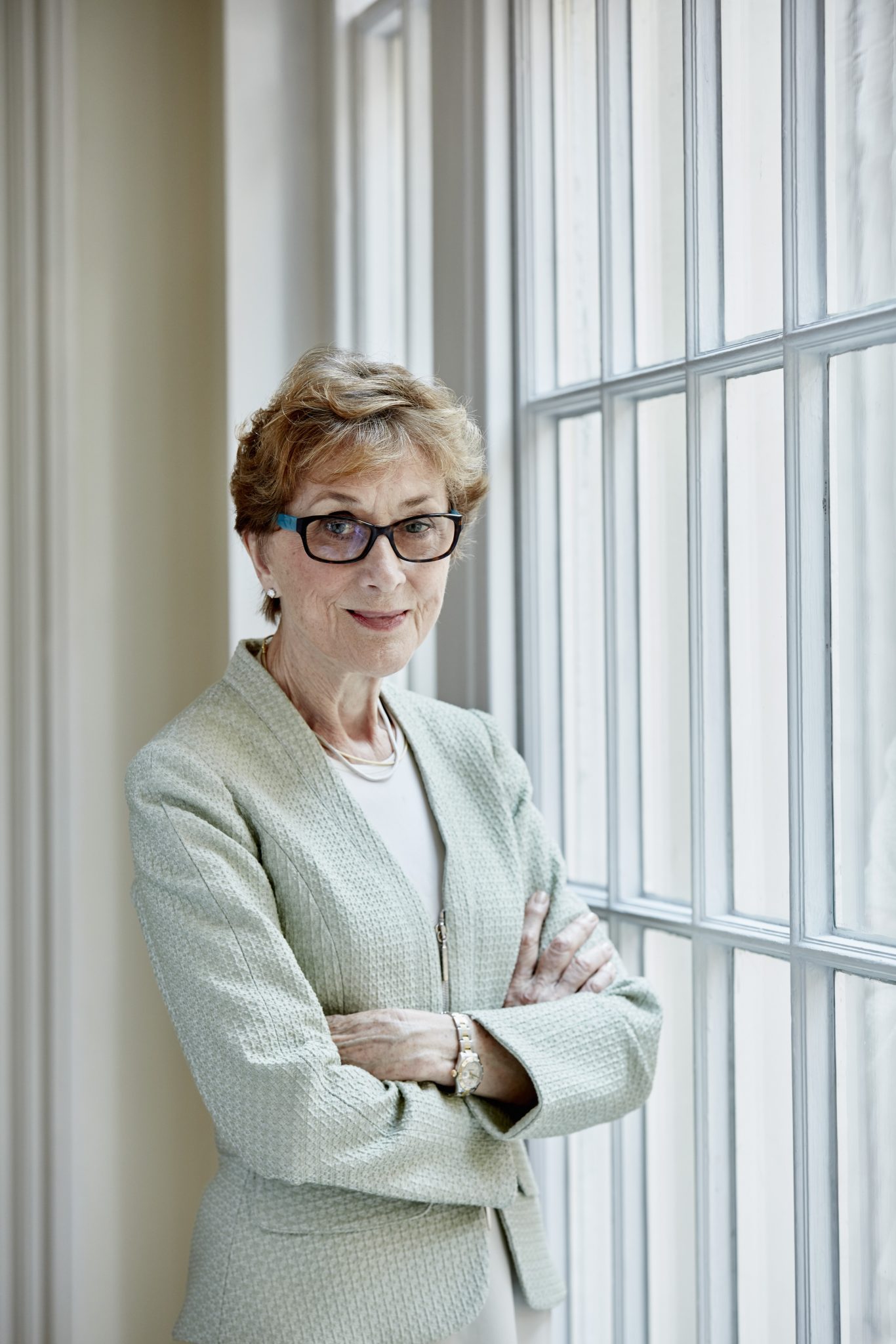Dame Carol Black advises how to create a wellbeing culture in three new films produced by the British Safety Council
Recent research by the British Safety Council identified significant levels of uncertainty in the UK about wellbeing at work. Its report Not just free fruit: wellbeing at work, found that employee wellbeing is often ignored or misunderstood, with employers unsure how to define it or how to improve staff wellbeing, what priority to give it and how to measure the effectiveness of wellbeing interventions and programmes.
Now, Professor Dame Carol Black, expert government advisor on health and work and a passionate campaigner for better mental health and wellbeing, not only explains how it can be done simply but also the reasons why it should be done: improved welling in the workplace can improve productivity by up to 25%.
At a time of high job insecurity and the uncertainties of Brexit, she says that “there is no better time than now to say that we must support the staff we’ve got because we don’t know how many of them we are going to have in the future.”
Her views and advice were recorded by the British Safety Council in a series of film interviews about the nature of workplace wellbeing:
Professor Carol Black defines wellbeing as:
“A sense of contentment which is made up of mental health, physical health and a feeling that where you are at any time is a good place to be. That good place can and should be the workplace.”
The role of line managers in promoting wellbeing:
“You have to help them understand that supporting their staff is going to give them a more engaged and productive workforce. You must enable them to do this. It’s not just about putting managers on training courses, but also ensuring that they can maintain these skills and are supported by the top of the house.”
“You could incentivise them through their appraisal, which in many companies is linked to promotion and remuneration. Some organisations’ appraisals expect managers to meet certain requirements relating to the health and wellbeing of their staff. You can also incentivise managers financially.”
Measuring wellbeing:
“You can measure wellbeing through sickness absence levels. You can also do this by reviewing staff turnover figures, because if staff are not content with a workplace, they leave. Additionally, you can measure engagement scores. You can also measure productivity loss, by adding presenteeism and absence levels.”
SMEs’ requirements in relation to wellbeing:
“Many SMEs are very small and have limited resources, no occupational health and no HR function. Anything you’re going to offer them with regard to wellbeing has to be easily and quickly accessible. You can’t give them a large, however impressive, toolkit and expect them to read it. It has to be available online.”
Matthew Holder, Head of Campaigns at the British Safety Council, said: “We are delighted that Professor Carol Black has agreed to share her expertise with us. She is an authoritative voice on workplace wellbeing, which, although high on the corporate agenda, it is still perceived as ‘fluffy’ and difficult to measure.
“Her suggestions are accessible, practical and instantly actionable. We hope that together with the intelligence gathered in our Wellbeing at work report, Professor Black’s videos will become a first point-of-call reference source for companies wishing to develop a culture of wellbeing.”
The British Safety Council’s report can be downloaded using the following link:
Not just free fruit: Wellbeing at work. Professor Carol Black’s interview on workplace wellbeing, A place you trust, was published in Safety Management in December 2018.


